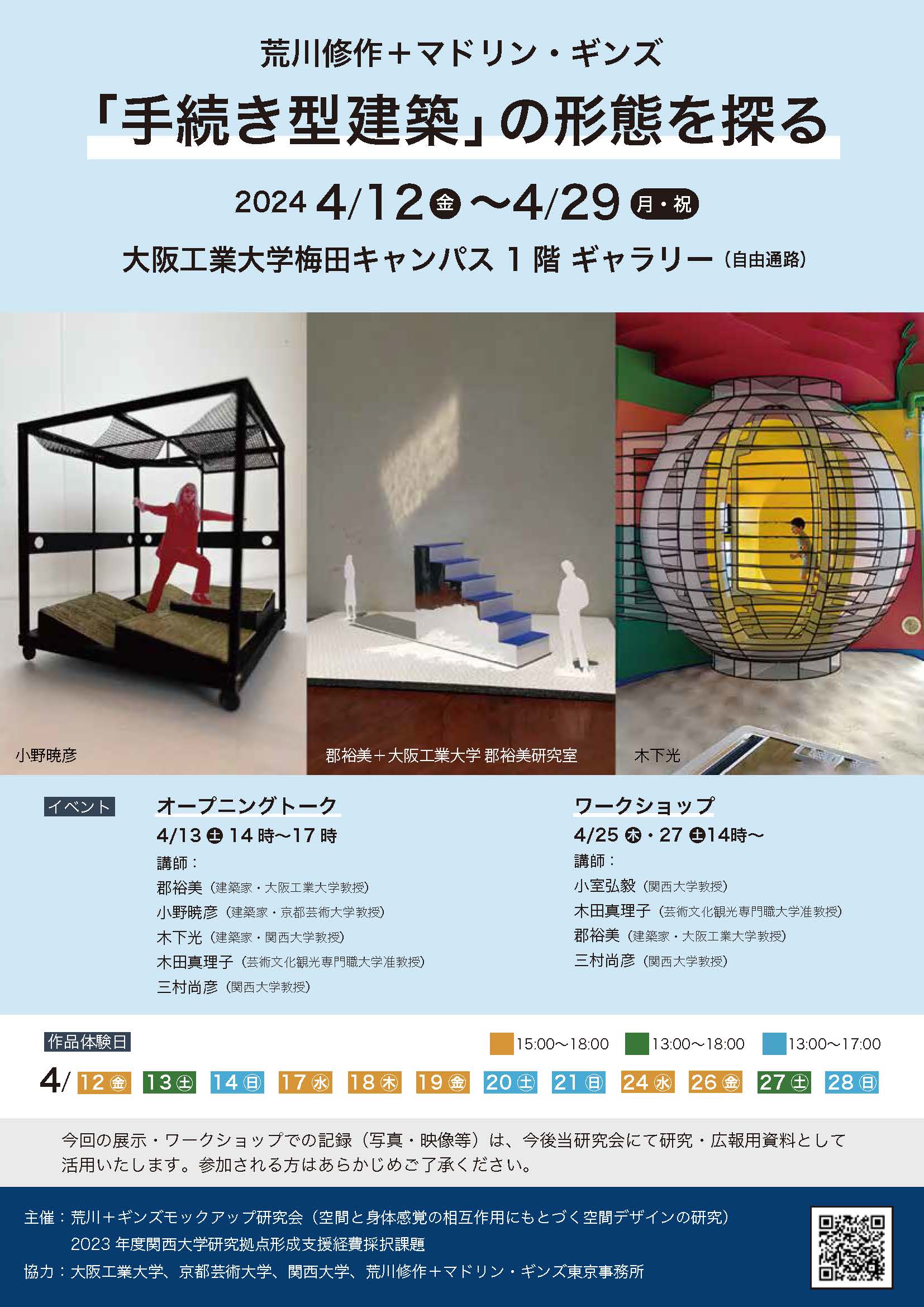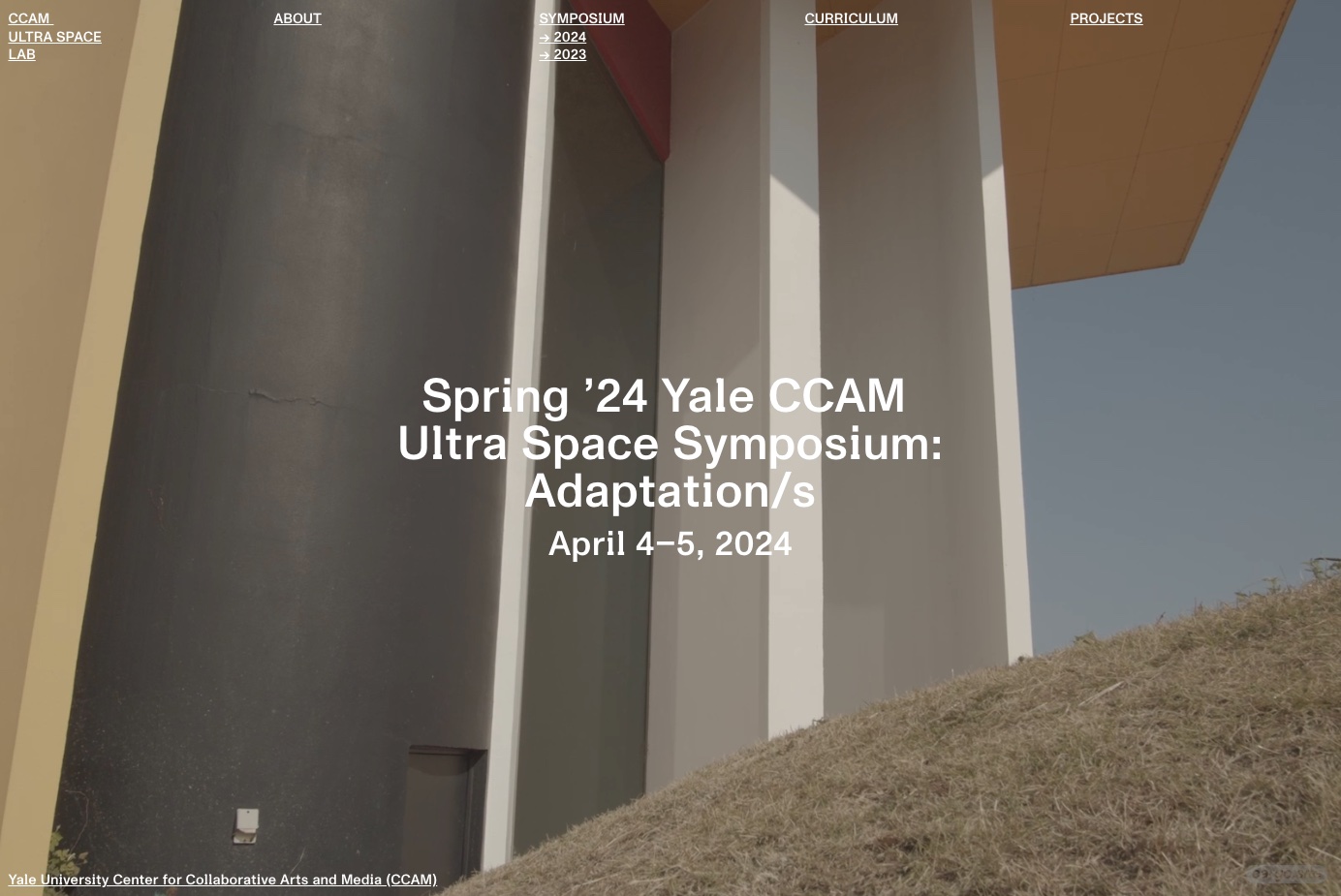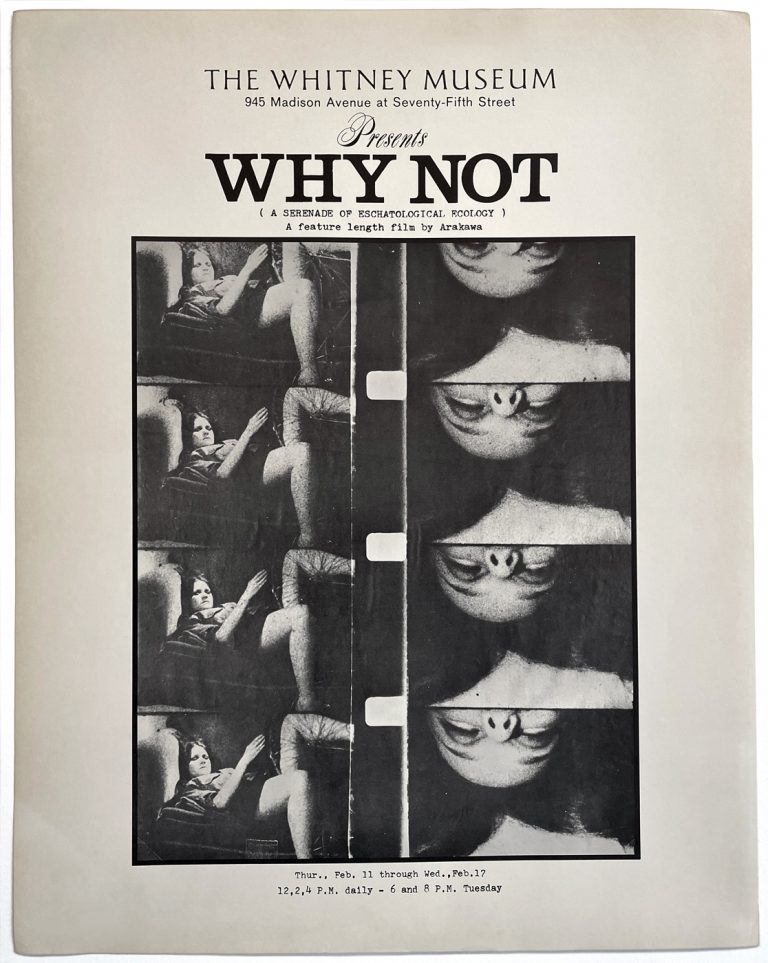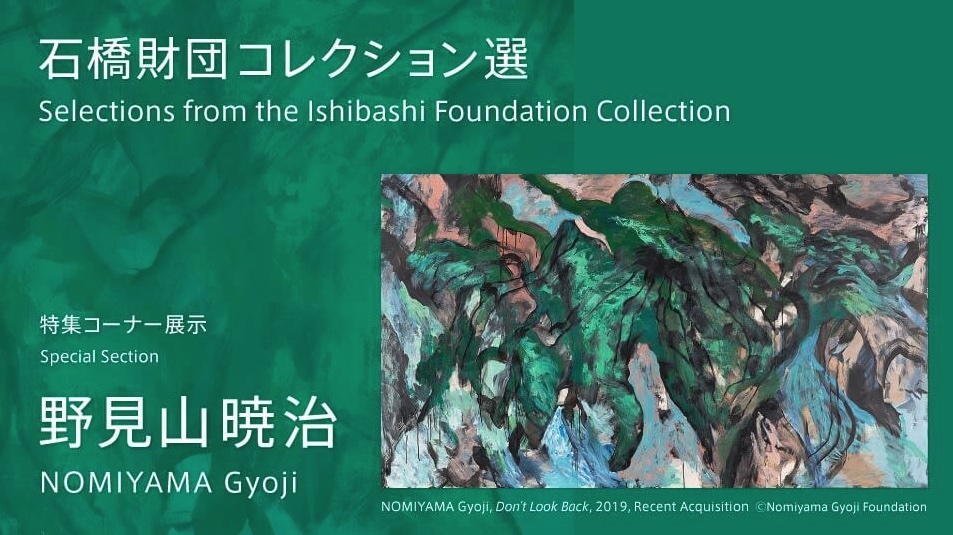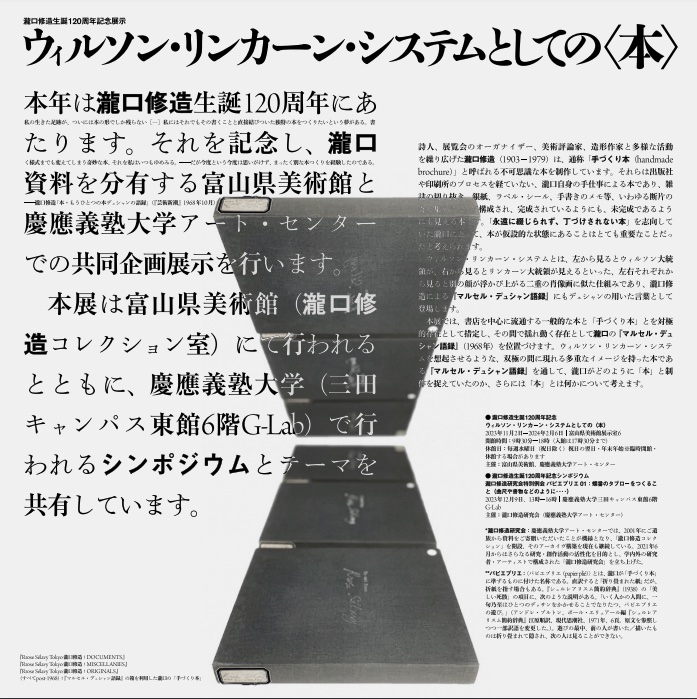
NYで開催される第11回 Asia Contemporary Art Week(ACAW)にてReversible Destiny Foundationが主催するイベント「Points of Convergence: Arakawa and the Art of the 1960s-1970s」が開催されます。当日は、美術史家の富井玲子氏のほか、中川直人氏、Charles Mark Haxthausen氏などを招いたパネルディスカッションなどが予定されております。NYに滞在されるご予定の方、ACAW参加をお考えの方はぜひこちらのイベントにもご参加いただけますようお願いいたします。
イベント概要
Points of Convergence: Arakawa and the Art of the 1960s-1970s
10月12日[水] 18:30~
PANEL DISCUSSION
Points of Convergence: Arakawa and the Art of the 1960s–1970s
Wednesday, October 12, 6:30 p.m.
PRESENTED BY
Reversible Destiny Foundation & Asia Contemporary Art Week
HOSTED BY
artnet
Woolworth Building
233 Broadway, 26th Floor, New York, NY 10279
The Reversible Destiny Foundation is dedicated to supporting research and a greater public interest in the artistic practices of Arakawa and Madeline Gins, further advancing and preserving their legacy. The 11th edition of Asia Contemporary Art Week is a season-long event, lasting from September 8 to November 18. This platform connects over 40 art institutions from Asia and New York, with the goal of promoting cutting-edge exhibitions, innovative projects, and provocative dialogue. The program will be moderated by Dr. Miwako Tezuka, consulting curator of the Reversible Destiny Foundation. For questions regarding the event, please email miwakotezuka@reversibledestiny.org.
Arakawa – Born in Nagoya, Japan, Arakawa rebelled against the Japanese art world of the late 1950s. Fiercely independent and inspired by Marcel Duchamp’s “art in the service of the mind,” he moved to New York in 1961. This growing city of avant-garde experimentation attracted artists from all over the world, including many from Japan, such as Ay-O, On Kawara, Naoto Nakagawa, and Yoko Ono. Living in the midst of the New York art scene in the 1960s and 70s, Arakawa along with his peers became integral to the emergence of the Minimalist and Conceptual Art movements.
This panel discussion invites distinguished speakers to share their perspectives on the art and philosophy of Arakawa, and how they may be contextualized within the international art of the era. Dr. Charles Mark Haxthausen has authored key texts on deciphering the artist’s often-cryptic artwork by applying art historical and philosophical analyses. The painter Naoto Nakagawa became acquainted with Arakawa in 1965, and recalls the time he spent in the fellowship of like-minded artists. Dr. Reiko Tomii, with her in-depth knowledge of Post-War Japanese art history, keenly detects what changed and what remained constant in his art during the two decades that thrust him into the world.
Panelists
Charles Mark Haxthausen is an emeritus Robert Sterling Clark professor of art history at Williams College, where he taught from 1993 to 2016. He has played a significant international role as a curator and consultant in the field of Modern and contemporary German art. Known for his work on artist Paul Klee, he has published numerous articles on German artists and critics, and edited the book The Two Art Histories: The Museum and the University, and co-edited Berlin: Culture and Metropolis. His exhibition, Sol LeWitt: The Well-Tempered Grid, presented at the Williams College Museum of Art in 2012, won the Association of Art Museum Curators’ Award for Excellence. His book, Carl Einstein: Refiguring Visuality, has been recently published by the University of Chicago Press.
Naoto Nakagawa was born in Kobe, Japan in 1944 and immigrated to New York in 1962. His paintings have been widely exhibited, starting in 1968 at the legendary avant-garde Judson Gallery, and more recently at Feature Inc. in New York. His work has been shown alongside a two-part survey of Nakagawa’s work at WhiteBox and Ethan Cohen Fine Arts, and can be found in many public and private collections, including the Museum of Modern Art in New York. He has taught at Columbia University and the Parsons School of Design.
Dr. Reiko Tomii is an independent art historian who investigates post-1945 Japanese art in global and local contexts. Her research topics encompass international contemporaneity, collectivism, and conceptualism in the art of the 1960s. She has contributed to exhibitions such as “Global Conceptualism” at the Queens Museum of Art in 1999, “Century City” at the Tate Modern in 2001, and “Art, Anti-Art, Non-Art” at the Getty Research Institute in 2007. Her book, Radicalism in the Wilderness: International Contemporaneity and 1960s Art in Japan, was published by MIT Press in the Spring of 2016.
(イベントホームページより)
イベントの詳細はこちら
http://link.artnet.com/view/57ed711e4f98d826098b456a4m30v.4/b4d6f3c2

